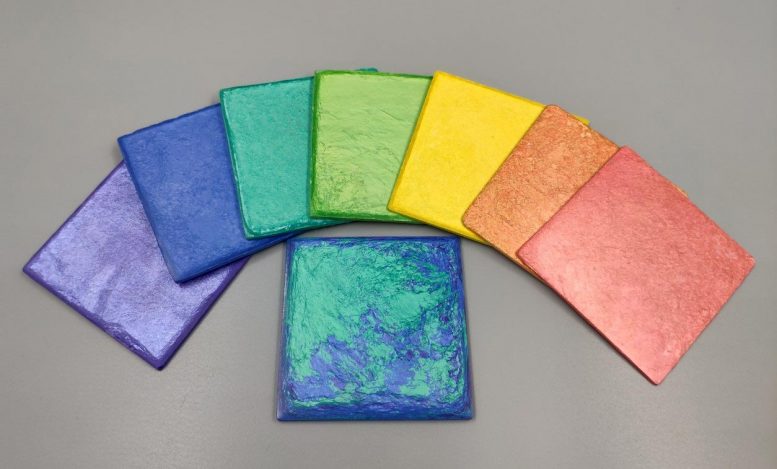
Based on different commercially available raw materials (e.g., TiO2-mica, Fe2O3-mica), a variety of all-natural bioinspired structural materials with different colors can be fabricated. Credit: GUAN Qingfang
Modern life relies closely on plastics, even though the petroleum-based production creates serious environmental challenges. The industry opts out to use sustainable materials due to their limited mechanical properties or complex manufacturing processes. An advanced strategy to design and produce high-performance sustainable structural materials is of great need.
A new bioinspired material is here to overtake petroleum-based plastics. A team led by Prof. Shu-Hong Yu from the University of Science and Technology of China (USTC) reports a method to manufacture materials with similar structure as nacre from wood-derived fiber and mica, with adaption to mass production, good processability, and tunable coloration.

This figure shows a mobile phone case prototype made from this bioinspired material. Thanks to its good processability, the material can be fabricated into desired shape and size, showing a vast potential to replace plastics for practical applications, for example, structural support for high-end personal electronic devices. Credit: GUAN Qingfang
Natural nacre has a hierarchically ordered structure at multiscale levels, just like bricks and mortar, enabling it to be of both strength and toughness. Inspired by nacre, the researchers mimic the ordered brick-and-mortar structure using the TiO2-coated mica microplatelet (TiO2-mica) and cellulose nanofiber (CNF) by the proposed directional deforming assembly method.
This method directly presses the hydrogel of TiO2-mica and CNF, while keeping the size on in-plane directions unchanged. The thickness of the hydrogel is dramatically reduced and materials are directly constructed with the highly ordered brick-and-mortar structure.
At the nanoscale, the TiO2 nano-grains on the surface of TiO2-mica lead to efficient energy dissipation by frictional sliding during TiO2-mica pull-out. All the hierarchically ordered structure at multiscale levels contribute to the load redistribution and toughness enhancement.
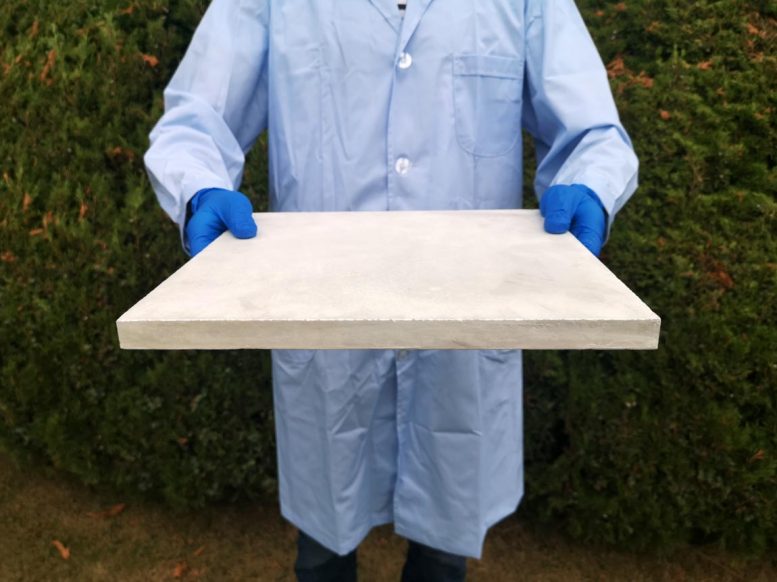
Because the proposed manufacturing method, directional deforming assembly, is effective and scalable, mass production of all-natural bioinspired structural material can be achieved. Credit: GUAN Qingfang
The obtained materials have excellent strength (~281 MPa) and toughness (~11.5 MPa m1/2), which are more than 2 times higher than those of high-performance engineering plastics (e.g., polyamides, aromatic polycarbonate), making it a strong competitor to petroleum-based plastics.
Even better, these materials adapt to temperatures ranging from -130 °C to 250 °C (-202 °F to 482 °F), while normal plastics easily get soft at high temperatures. Therefore, such materials are safer and more reliable at high or variable temperatures.
Results are published in Nature Communications.
Reference: “An all-natural bioinspired structural material for plastic replacement” by Qing-Fang Guan, Huai-Bin Yang, Zi-Meng Han, Zhang-Chi Ling and Shu-Hong Yu, 3 November 2020, Nature Communications.
DOI: 10.1038/s41467-020-19174-1
This biomimetic design of the highly ordered brick-and-mortar structure provides key ideas to fabricate sustainable structural materials for plastic replacement. As being environmentally-friendly, possessing even better mechanical and thermal properties than plastics, the materials are expected to play a key role in plastic replacement.

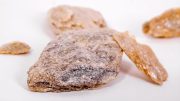
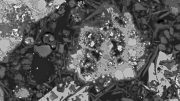



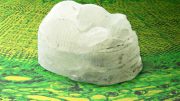
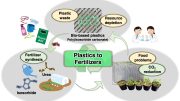
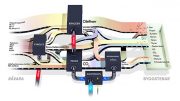
The article states, “An advanced strategy to design and produce high-performance sustainable structural materials is of great need.”
There is nothing “sustainable” about mica! It is most commonly obtained from a type of rock called a granite pegmatite, which requires mining and processing. It could be obtained from other rocks, but the energy requirements would be much greater, and the problem of disposal of the rest of the rock would be much greater also.
Titanium dioxide from ilmenite, and ‘rust’ from hematite are sufficiently abundant to not present an availability problem. However, again, they require mining, which is something that converts to the Gaia religion do not look kindly upon.